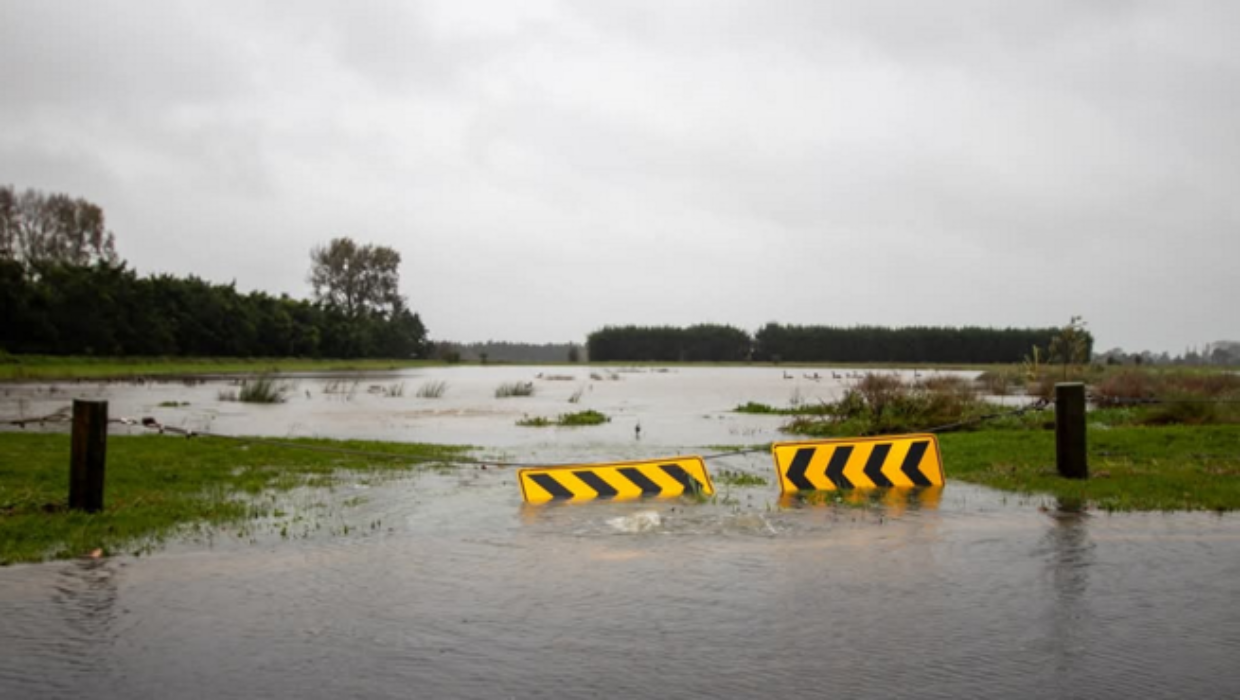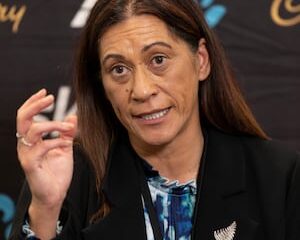Top Stories
Councils Demand Government Guidance on Sea Level Rise Costs

North Canterbury’s councils are actively seeking direction from the New Zealand Government regarding financial responsibility for protective measures against rising sea levels, flooding, and severe weather events. As climate change continues to impact coastal communities, local officials emphasize the need for a clear framework to address these urgent challenges.
Local councils in the region, which include the Hurunui District Council, Waimakariri District Council, and Kaikōura District Council, are particularly concerned about the escalating costs associated with necessary infrastructure upgrades. According to a recent report, the projected costs to safeguard vulnerable areas could reach millions of dollars in the coming decades.
Urgent Need for a Comprehensive Plan
The councils argue that without a well-defined plan from the government, they may struggle to meet the needs of their communities. The growing threat of sea level rise has prompted local leaders to call for more substantial government investment and support. They believe that a collaborative approach is essential to mitigate the impacts of climate change effectively.
Waimakariri District Mayor Dan Gordon stated, “We cannot tackle this issue alone. The government must step in to provide both guidance and funding to help us protect our communities.” His sentiments reflect the broader concerns shared among local officials who are grappling with the immediate and long-term implications of climate change.
The urgency of the matter is underscored by recent weather events that have already strained local resources. Flooding incidents in North Canterbury have highlighted the vulnerabilities of existing infrastructure, prompting councils to prioritize discussions with government representatives.
Seeking Clarity on Funding Responsibilities
Discussions around funding are particularly pressing as local councils navigate their budgets amidst rising costs. The councils have expressed the need for transparency regarding the division of financial responsibilities between local and national governments. They argue that a coherent policy is vital to ensure that local authorities are not left to bear the financial burden alone.
The councils are also pushing for the establishment of a clear timeline for government action, as many local projects are contingent on receiving financial support. Without timely intervention, communities may face significant risks, including property damage and increased insurance costs.
Climate change impacts are not just a local issue; they resonate on a national level as well. The New Zealand Government has acknowledged the challenges posed by climate change and has begun to explore policies aimed at enhancing resilience. However, local councils argue that the pace of progress needs to accelerate.
As North Canterbury’s councils await a response, they remain committed to advocating for their communities. They are calling for a national strategy that encompasses not only funding but also technical expertise to facilitate effective planning and implementation of adaptation measures.
In conclusion, as sea levels continue to rise and extreme weather patterns emerge, the collaboration between local councils and the government will be crucial in determining how effectively New Zealand can protect its vulnerable coastal communities. The outcome of these discussions will likely set a precedent for how the nation addresses one of the most pressing issues of our time.
-

 World1 week ago
World1 week agoPrivate Funeral Held for Dean Field and His Three Children
-

 Top Stories2 weeks ago
Top Stories2 weeks agoFuneral Planned for Field Siblings After Tragic House Fire
-

 Sports3 months ago
Sports3 months agoNetball New Zealand Stands Down Dame Noeline Taurua for Series
-

 Entertainment3 months ago
Entertainment3 months agoTributes Pour In for Lachlan Rofe, Reality Star, Dead at 47
-

 Entertainment2 months ago
Entertainment2 months agoNew ‘Maverick’ Chaser Joins Beat the Chasers Season Finale
-

 Sports3 months ago
Sports3 months agoSilver Ferns Legend Laura Langman Criticizes Team’s Attitude
-

 Sports1 month ago
Sports1 month agoEli Katoa Rushed to Hospital After Sideline Incident During Match
-

 World2 weeks ago
World2 weeks agoInvestigation Underway in Tragic Sanson House Fire Involving Family
-

 Politics2 months ago
Politics2 months agoNetball NZ Calls for Respect Amid Dame Taurua’s Standoff
-

 Top Stories2 weeks ago
Top Stories2 weeks agoShock and Grief Follow Tragic Family Deaths in New Zealand
-

 Entertainment3 months ago
Entertainment3 months agoKhloe Kardashian Embraces Innovative Stem Cell Therapy in Mexico
-

 World4 months ago
World4 months agoPolice Arrest Multiple Individuals During Funeral for Zain Taikato-Fox















